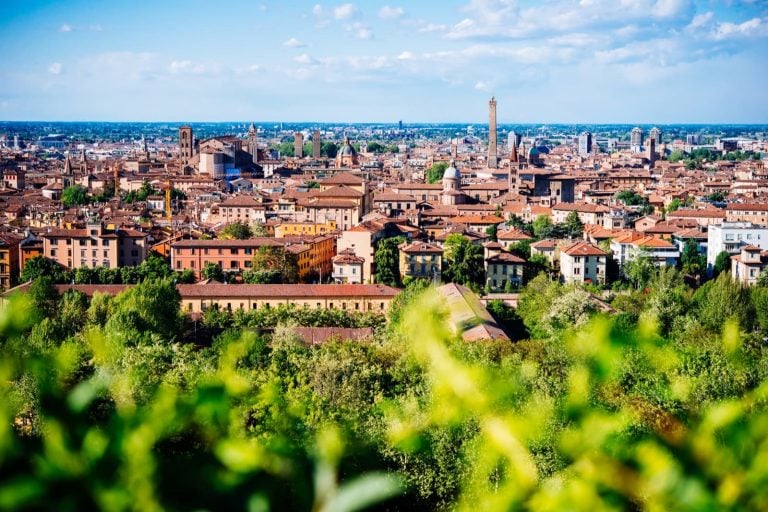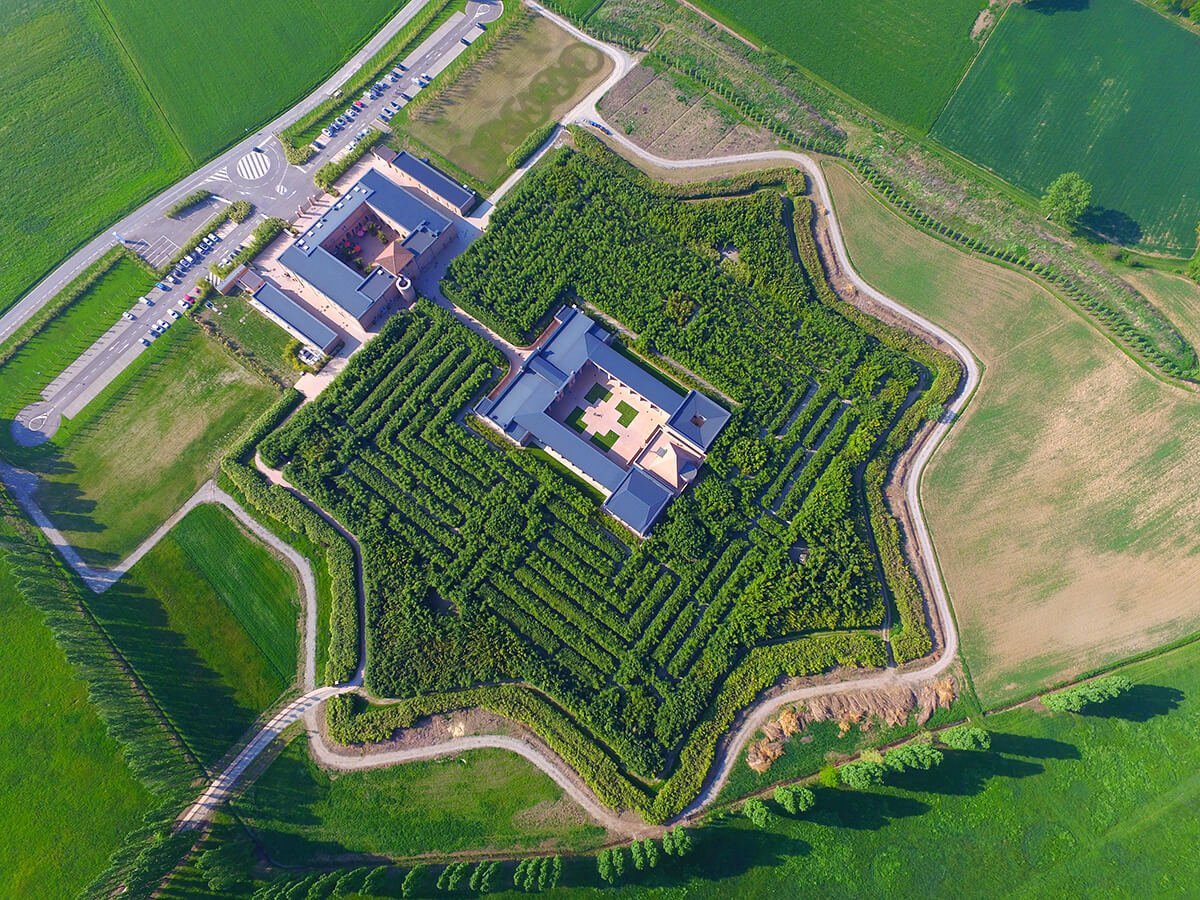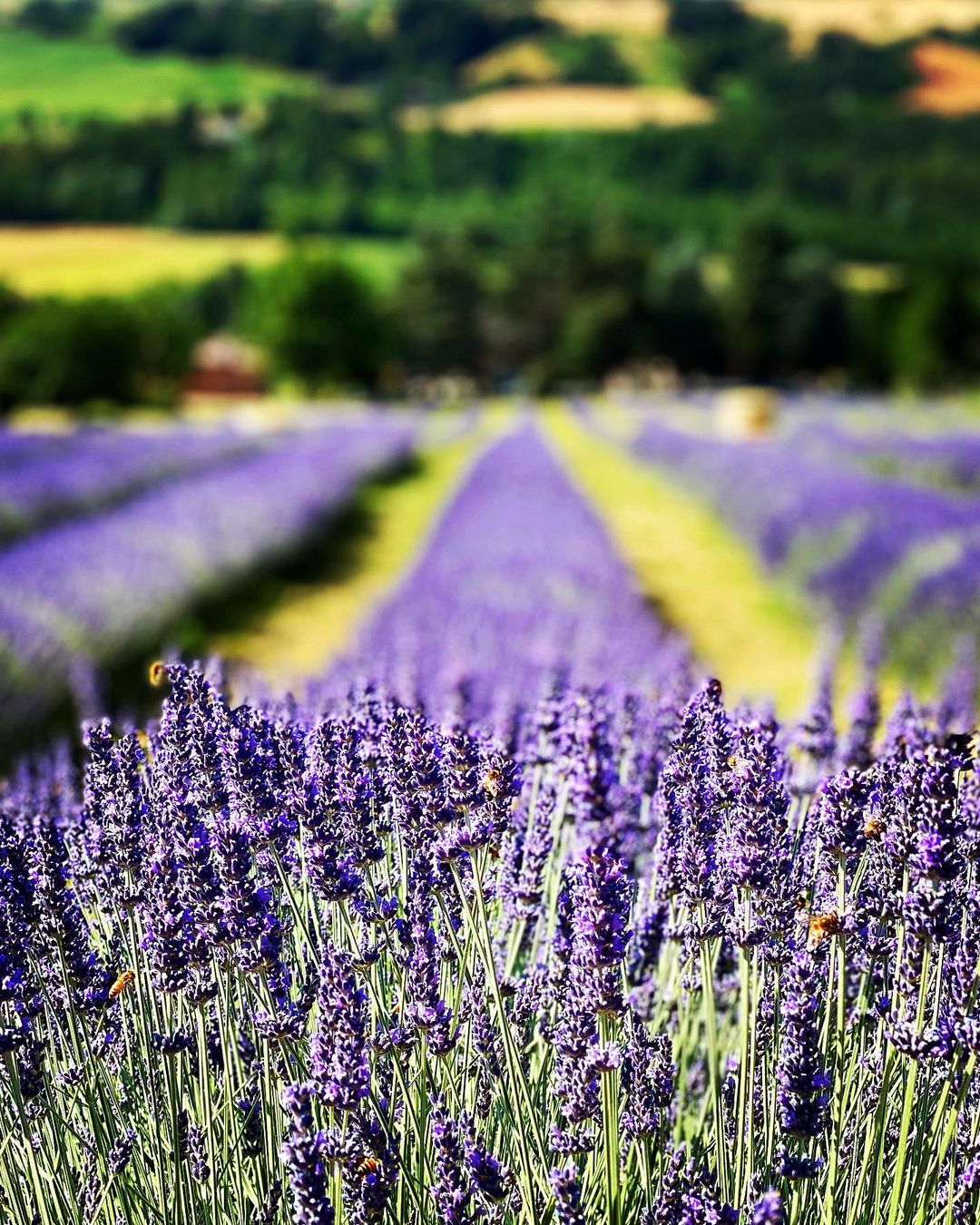Often created for the recreation of the upper classes or as private areas, today the urban parks of Emilia-Romagna are open to everyone looking for a bit of relaxation, a place to practice sport or simply enjoy a refreshing break surrounded by greenery.
Let’s find out which are the main public gardens in the region, from river to hillside parks, from gardens decorated with ancient statues to those populated by exotic and century-old trees.
Giardini Margherita - Piacenza
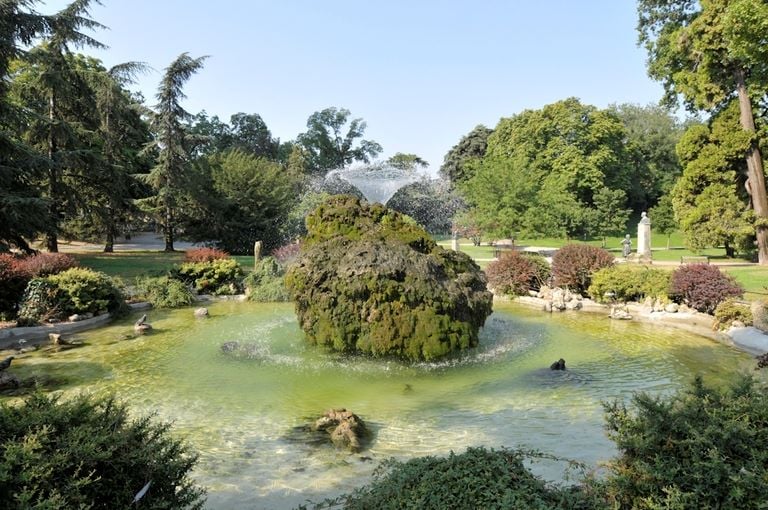
Located opposite the station, the Giardini Margherita is Piacenza’s main park. Today the park hosts various types of events, especially in summer, but at the time of its construction in 1822, the garden was owned by Count Giacomo Costa, who purchased the land in order to create a ‘place of delights’ a few steps from his residence. Remodelled in the romantic style at the end of the 19th century and named after Queen Margherita of Savoy, the gardens are now home to numerous species of trees, from cedars of Lebanon to plane trees, from pines to beeches, as well as some period furniture and a small circular fountain.
Parco Ducale - Parma
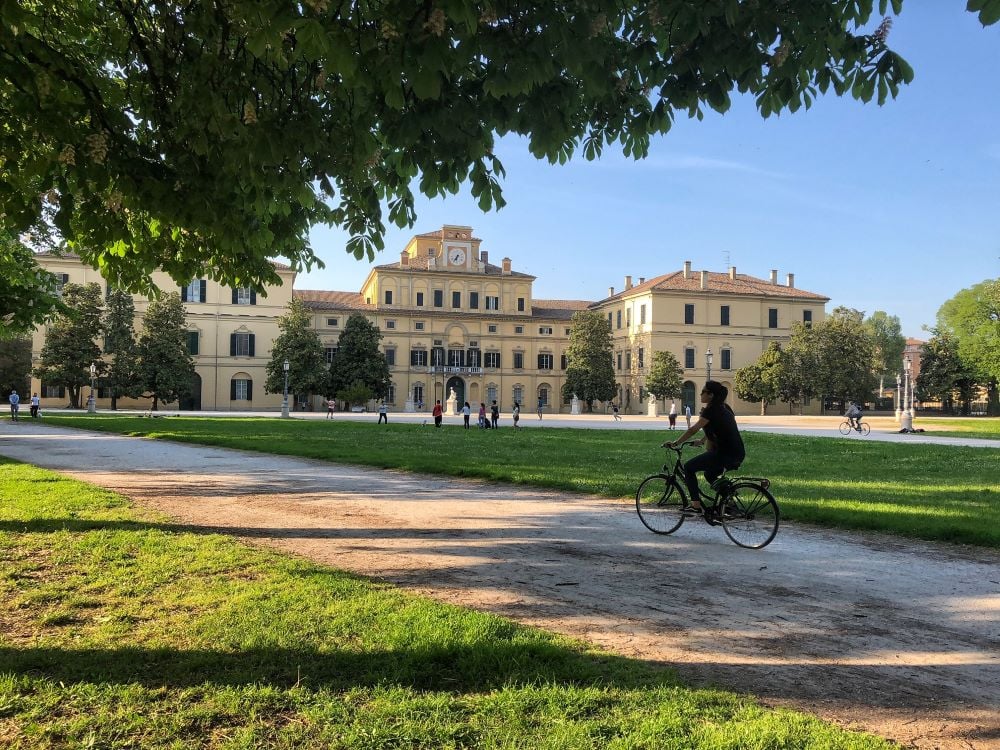
A fascinating historic garden covering more than 20 hectares, the Parco Ducale opens up before your eyes as you cross the Parma stream. We are in the Oltretorrente district, not far from the Complesso della Pilotta and its museums.
The first project for the park dates back to 1561 under the Farnese dynasty, the same year in which construction of the Ducal Palace began. The celebrated family is also responsible for the large oval fishpond that we still find today at the end of the central boulevard. In the 18th century, architect Petitot would later transform the park’s layout according to a project of neoclassical and French inspiration. Marble statues and large vases would rise along the avenues.
Today, the Parco Ducale in Parma echoes its 18th-century neoclassical appearance, and walking in the shade of its horse chestnuts is a real journey back in time. In addition to a refreshment area, visitors will find sports trails, a playground and an area for dogs.
Parco del Popolo - Reggio Emilia
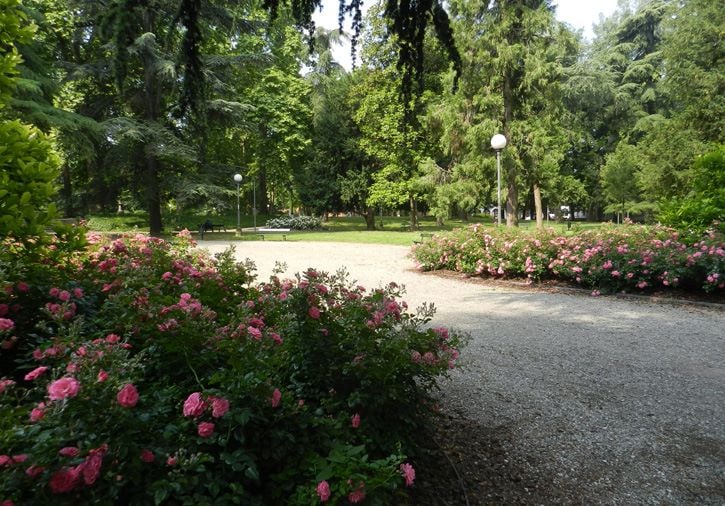
The Parco del Popolo overlooks Piazza della Vittoria, home to the Civic Museums of Reggio Emilia and two important city theatres. Converted into a public area only after the Unification of Italy, the gardens of Reggio Emilia were created in a place with an ancient history. In fact, the 14th-century Gonzaga Citadel stood here, which was later demolished and replaced by a hippodrome in 1861.
The current star-shaped layout of the park, surrounded by five large flower beds, was designed in 1876 and further remodelled when the hippodrome was abandoned. Today the Parco del Popolo is home to several statues – including those of Ludovico Ariosto and Matteo Maria Boiardo – some centuries-old trees such as plane trees, sophore trees and a large cedar of Lebanon in the centre of the star, as well as two children’s play areas.
Giardino Ducale Estense - Modena
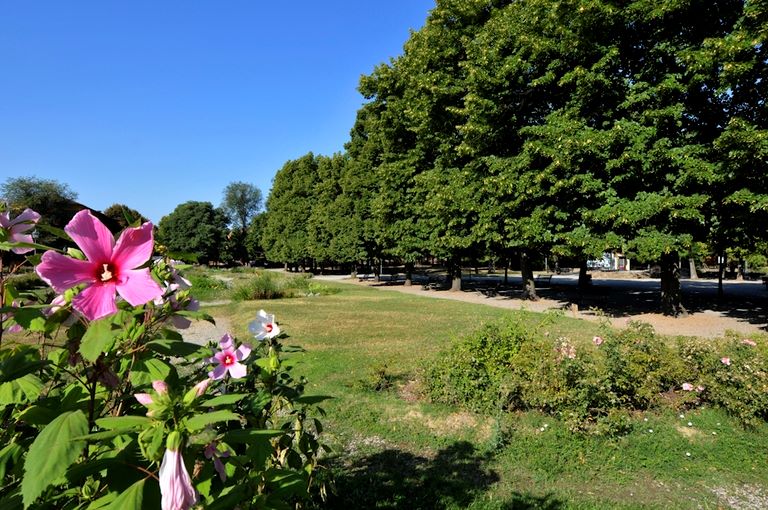
Simply known as Modena’s public gardens, the Parco Giardino Ducale Estense is located a short walk from the city centre. Characterised by a wooded area embracing the four large central grassy flowerbeds, its current appearance dates back to the 19th century, when the park became public. But the origins of Modena’s public gardens can be traced back to the late 16th century. The building in the park, called Palazzina Vigarani after its architect, was inaugurated in 1533 by Francesco I d’Este as a place for the court’s pastimes.
Giardini Margherita - Bologna
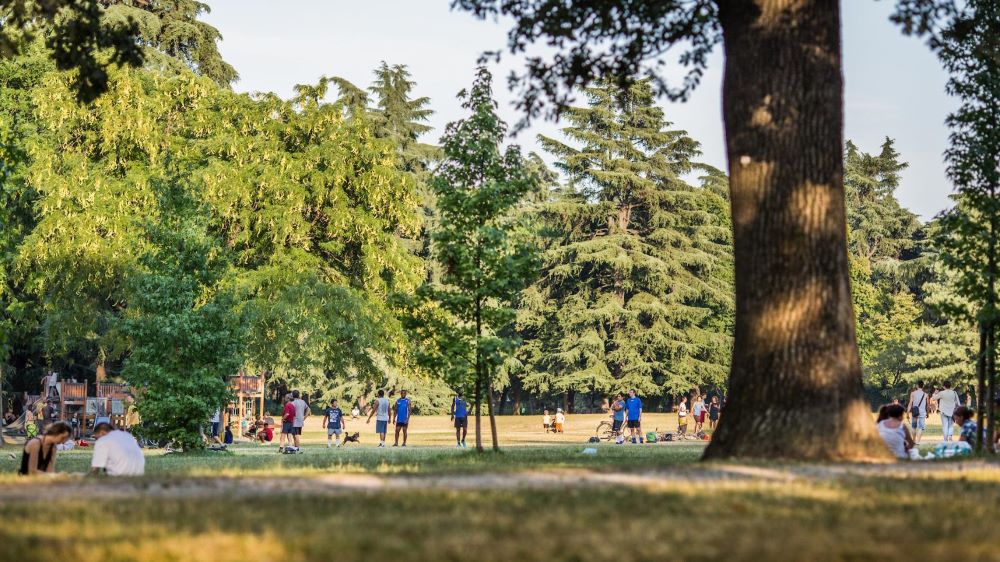
If you are in Bologna, even if only passing through, you cannot fail to visit the Giardini Margherita. The largest urban park in the city, named after Queen Margherita as in the case of Piacenza, was opened in 1879 on the site of an ancient Etruscan necropolis. Over the years, the gardens have hosted, among other things, a universal exhibition, a number of horse shows, car races and even a zoo before becoming the main attraction for those in search of a green corner in the city. Wandering through the park’s long, tree-lined avenues of romantic inspiration, one can come across a pond, various refreshment and play areas, as well as a sports area and extensive green lawns on which to picnic, chat and study.
Parco di Villa Ghigi - Bologna
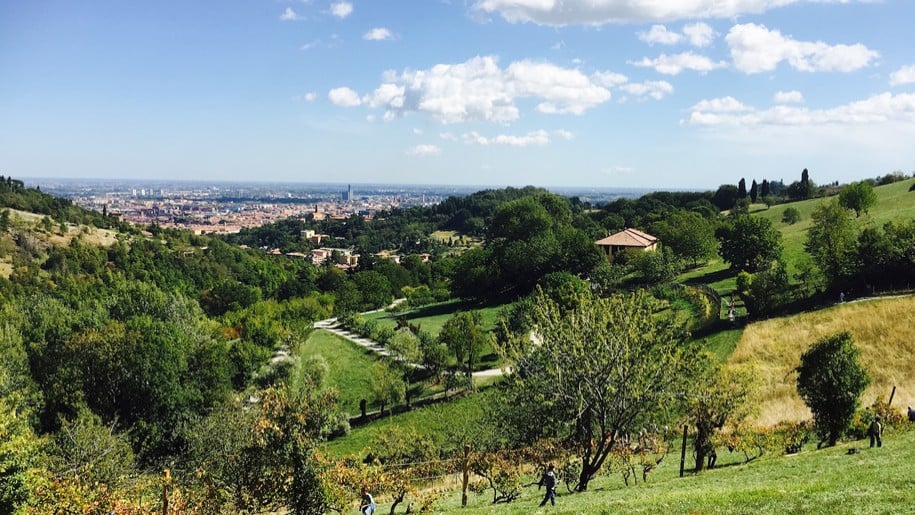
The Giardini Margherita are not the only urban parks in Bologna. Just outside Porta San Mamolo lies the Villa Ghigi Park, a large green space of about 28 hectares that stretches over the first hills of the city. The result of a donation in the 1970s, the park retains its rural soul but also includes large fields of grass and groves, as well as panoramic views of Bologna. The Villa Ghigi Foundation organises many events and initiatives for adults and children, especially in summer.
Parco di Villa Spada - Bologna
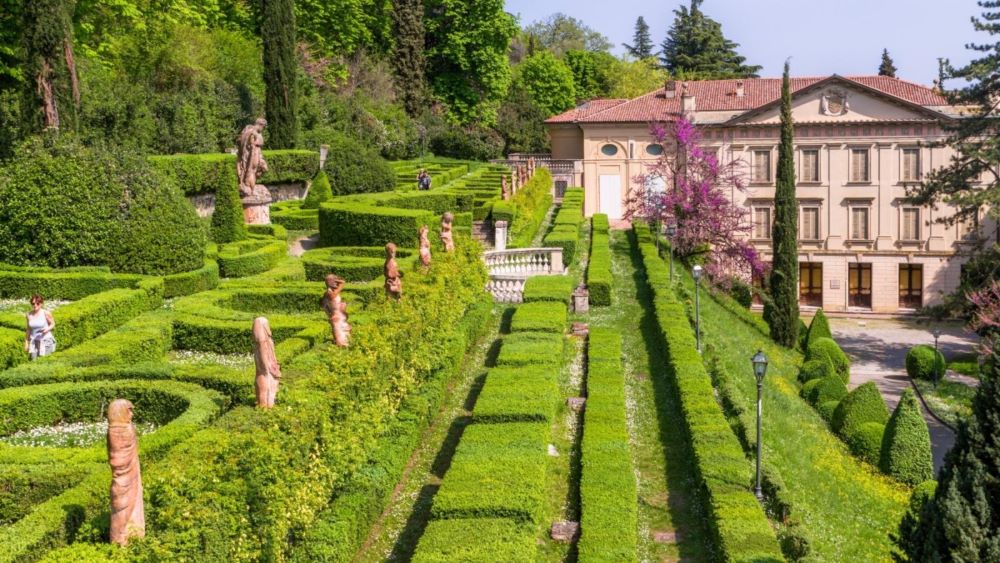
The Villa Spada Park was created in the 18th century as the garden of the neoclassical villa of the same name, now housing the Museum of Upholstery in Bologna. Situated only a few minutes’ walk from Porta Saragozza, in this green area we can find both typical trees of the hilly Bolognese area and lawns. Near the villa, you can admire a beautiful example of an Italian-style garden with hedges and decorative statues, recently restored to its former glory.
Parco Massari - Ferrara
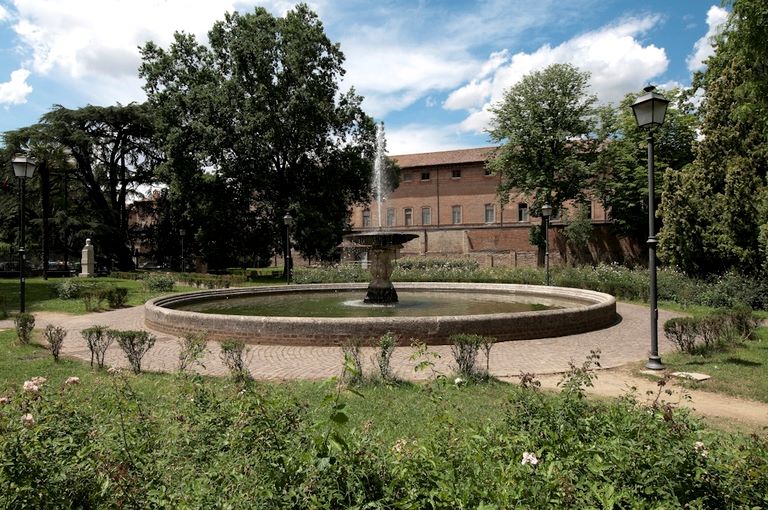
The Massari Park is the largest and best known of Ferrara’s public gardens. Situated within the city walls, it can be visited simply by walking along Corso Ercole I d’Este, which is also overlooked by the famous (and very close) Palazzo dei Diamanti. Wandering along its alleys, we can notice the peculiar arrangement of the flowerbeds, still reminiscent of the 19th-century layout of the English-inspired park commissioned by the Massari counts. Around 1850 they acquired one of the palaces overlooking the garden – which became Palazzo Massari – and revolutionised the previous design of the green area. The park also preserves some centuries-old trees, such as the two cedars of Lebanon at the entrance and a large ginkgo biloba.
Giardini Pubblici - Ravenna
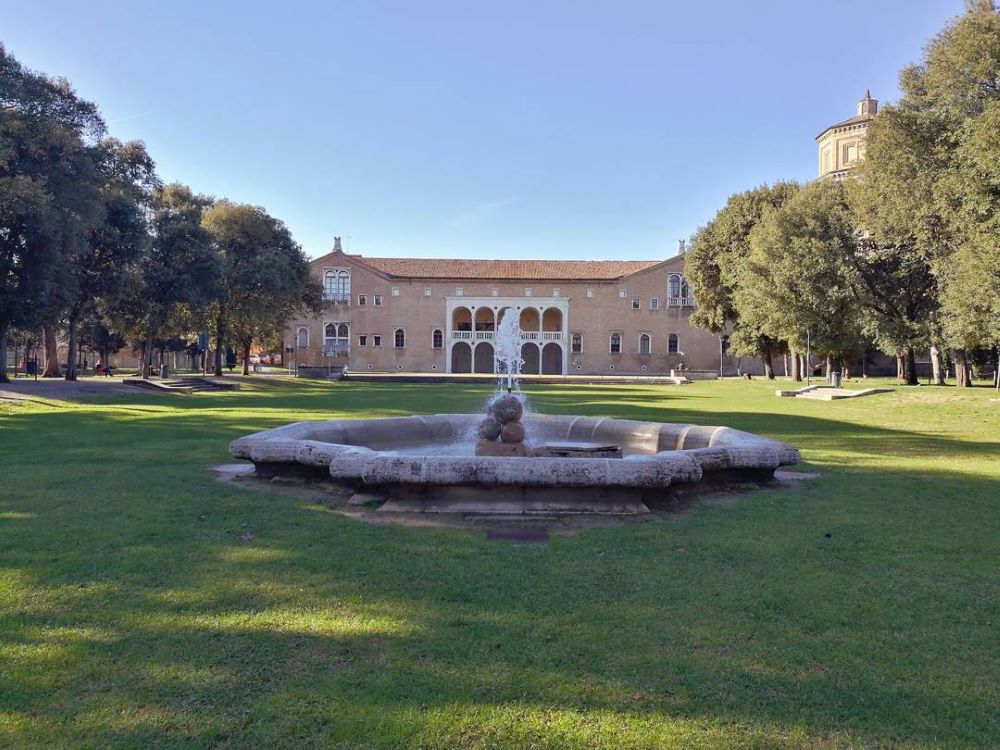
The Public Gardens of Ravenna are the ideal place for a relaxing break in the greenery, perhaps after a visit to the MAR, the Ravenna Art Museum, which overlooks the city’s main park. Compared to other gardens in the region, its history is rather recent. The park was inaugurated in the 1930s, where the city’s velodrome and hippodrome previously stood. Conceived by architect Arata, over time the original design of the Italian garden with paths, hedges and flowerbeds was lost and replaced by a large central lawn with a fountain where you can play sports, attend an event or simply take a break. In addition to a bar and children’s play areas, the park is also home to the Ravenna Planetarium.
Parco Bucci - Faenza
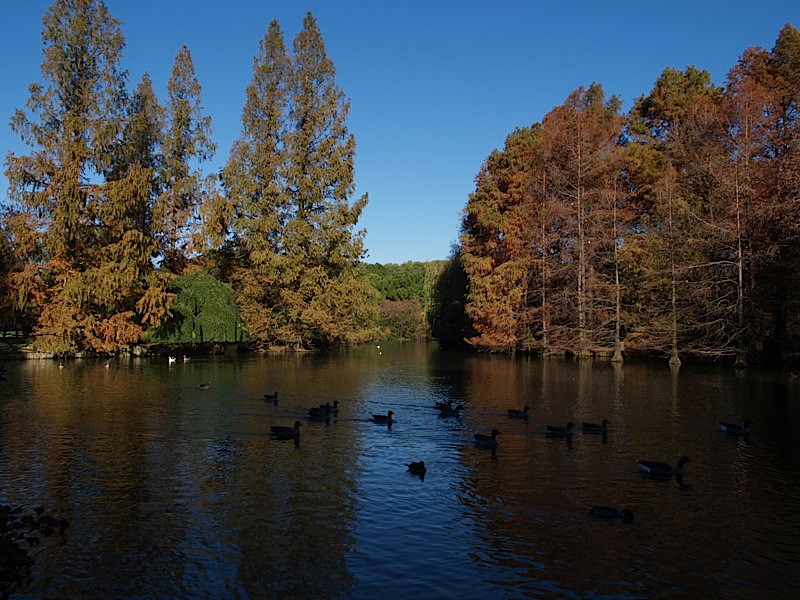
Faenza’s main park, Parco Bucci, was built in the 1970s on the outskirts of the city, in the area once used as a parade ground and later as a pasture for horses. Those strolling through the gardens of Faenza have the opportunity to admire the richness of the vegetation, which ranges from the most exotic to local species. Among others, holm oaks, ginkgo biloba and liquidambar. Another peculiarity of the park is the presence of two lakes connected by a stream and populated by birds such as the shelduck and the pintail.
Parco Urbano Franco Agosto - Forlì
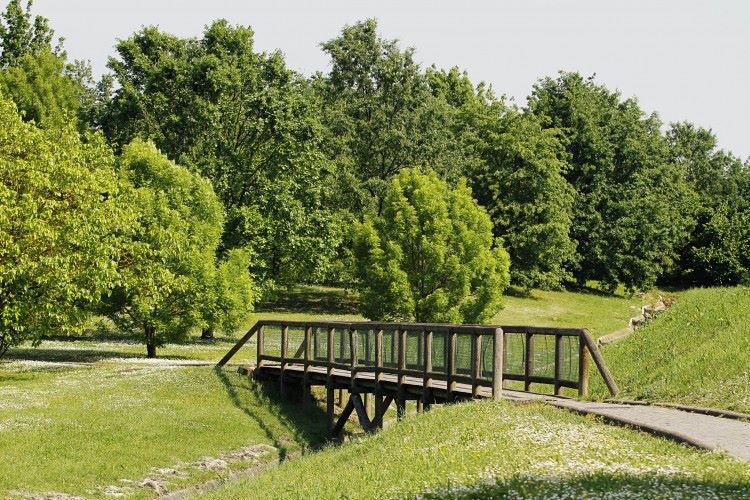
Despite being located outside the historical centre, Forlì’s Franco Agosto Urban Park is easily reached either by bike along the cycle path leading from the heart of the city to the green area, or on board a tourist train departing from Piazza Saffi. The vast park – about 26 hectares in size – offers many activities for all ages. Sports enthusiasts can indulge in basketball, five-a-side football, volleyball, beach volleyball and bocce courts; children can choose from inflatable playgrounds and play areas, but also observe the rabbits hopping freely and the swans in the pond. For a refreshing break, you can opt for the piadina kiosk, the bar and even the restaurant.
Giardini Pubblici - Cesena
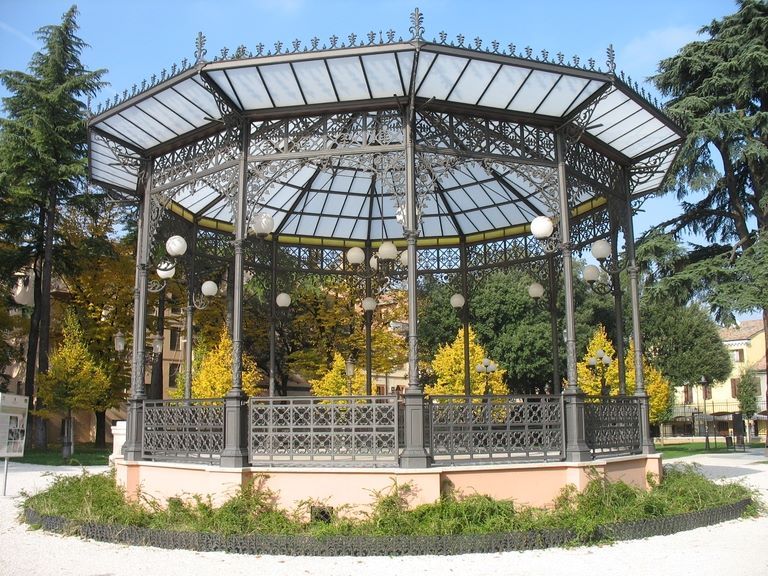
The Public Gardens of Cesena are located near the Bonci Theatre, a ten-minute walk from Piazza del Popolo. Like other green areas in Emilia-Romagna, the Cesena gardens were created in the 19th century following neoclassical influences; the land on which they stand today was actually donated by Count Paolo Neri in 1843. Its hallmark is the beautiful cast-iron gazebo rising in the centre, a venue for musical events in fine weather, from which the four internal paths branch off, dotted with holm oaks and linden trees.
Parco Marecchia - Rimini
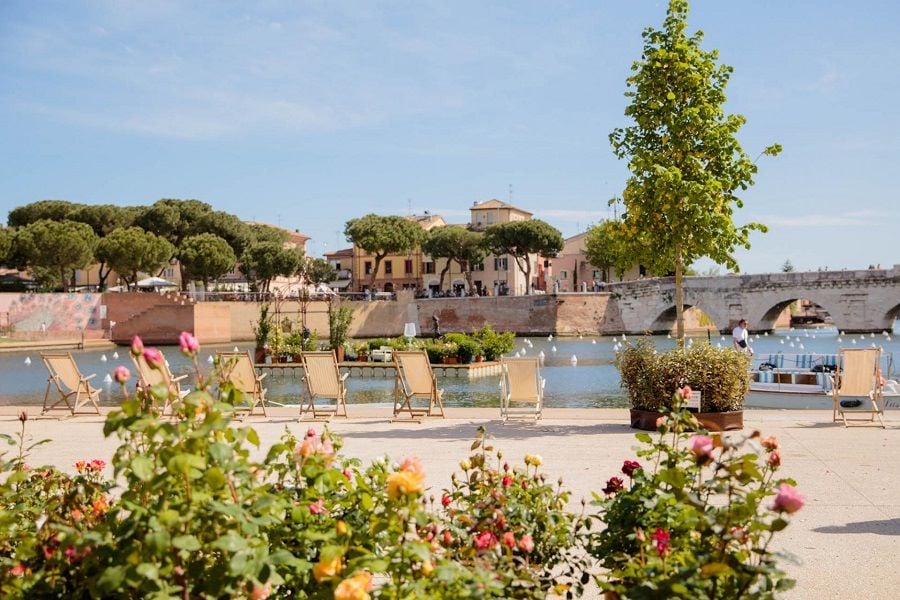
Unlike the green areas described above, the Marecchia Park in Rimini or Parco XXV Aprile is a true river park, running along the Marecchia riverbed. This large green area covers no less than 25 hectares and walking through it is an excellent opportunity to discover the lower reaches of the river. Those who enjoy cycling will appreciate its scenic cycle path, which runs from the sea up to the gentle hills of Novafeltria/Saiano. On the other hand, those who prefer to treat themselves to a few hours of peace and quiet can take advantage of the meadow near the centre, offering a magnificent view of the thousand-year-old Tiberius Bridge.
Author

Maria Grazia Masotti
An eternal dreamer, but I try to stay grounded. I was raised in the countryside but I love big cities. I’m always ready for a trip, as long as it’s sustainable.
You may also like
Bologna: the green parks of the red city
by Redazione locale di Bologna /// February 26, 2024
Historical gardens and parks in Emilia-Romagna
by Davide Marino /// March 30, 2018
Fioriture in Emilia Romagna: dove andare per trovarle e fotografarle
by Celestina Paglia /// March 23, 2023

Interested in our newsletter?
Every first of the month, an email (in Italian) with selected contents and upcoming events.
